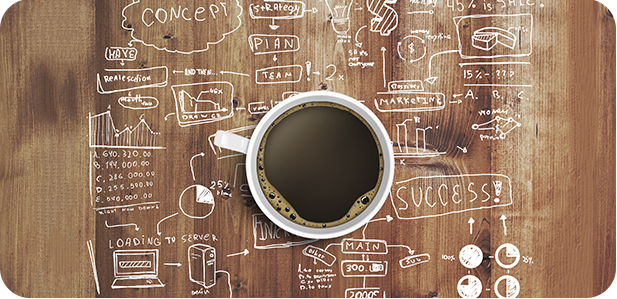
(In my blog, this has another post of its own, because this is the highlight of the production. If anything goes missing from this step, one can face difficulties in the future)
Pre-Production is the process of fixing some of the elements involved in a film, play, or other performance.
Pre- production ends when the planning ends and the content starts being produced.
During pre-production, the script is broken down into individual scenes storyboards and all the locations, props, cast members, costumes, special effects and visual effects are identified.
An extremely detailed schedule is produced and arrangements are made for the necessary elements to be available to the filmmakers at the appropriate times. Sets are constructed, the crew is hired, financial arrangements are put in place and a start date for the beginning of principal photography is set. (Principal photography = is the phase of film production in which the bulk of the movie is filmed, with actions on set and cameras rolling.)
The Pre-Production check list:
First up: Crewing up.

Crewing up is one of the most important part when a person has to start filming. The filmmaker has to decide the proper and (in their option) the best director and staff they think would fit perfectly with the type of genre they are making.
Unfortunately, in my situation, it is a low budget opening sequence.
Anyway, as a student, of course i do not have enough manpower so, all in all, I am almost everything in this situation.
Hello, Hi, Yes i am *recites each and every position needed for film making*
Although, because I a normal being, and honestly, am very bad at in the department of makeup (no really, I only know how to put foundation on), I asked some of my friends for their help.
(I will be listing all of them in the final and in the next post)
Second: Story Boarding!
This part of pre-production is fun yet tiring (you'll get to know why is it tiring, later on)
This comic page lookalike is the central part of production. Without this, the filmmaker/director will be one of the most forget full person on Earth, because when a person ( filmmaker/director) is preparing to film a video or a movie, under all that which has been running around their head, the important or order of the scenes would be long forgotten and at the end instead of a proper video, you will be presented with a mess.
Third: Knowing your shot list.
This is important as important for pre editing as important it is pre-production . This helps the department head ( clears throat, *me*) determine needed crew and equipment and will help you plot a shooting schedule, budget and more.
The shot list, like the storyboard, issues from the creative side of the production, but in effect creates a bridge into the real world equations of actually making the film.
Also, the shot list should always be on set to help organise production and ensure that every shot the project needs is captured.
Fourth: Script Breakdown
This breakdown is essentially a scene by scene inventory of absolutely everything which will be needed during the production. This includes, but is hardly limited to props, wardrobe, camera and lenses, sound equipment, power source, locations, makeup, crew members, cast and just absolutely everything you need in front of and behind the camera.
In this no detail should be left uncovered. Its best not to do this alone (But as low budget students that is something hard to do (*^ w ^) )
Fifth: Shooting Schedule.
Sixth:Budget
Budgets always evolve over time, but you need to know what you can reasonably afford and not afford from the start. This stage can impact a film before it gets started. Scripts can change if budgets won't allow certain scenes. Production could be delayed as more fundraising needs to happen. Even such tiny expenses can add up. You owe it to yourself to know what resources are truly available to your vision.
Seventh: Production Design
As story boarding was the fundamental visual guide to the film making process, production design is a far more fleshed out look at what the overall look of the film will be. If the story board was the dynamic comic book, the production design is the static fine painting which captures mood rather than the flow.
Eight: Crewing up (part 2)
This crewing up is the same as the first one. This crewing up is for :
- grips
- electrics
- PAs
- prop people
- camera operator
- boom operators
- everyone
In this start calling the people you need and capture them with the shooting schedule. Make sure everyone has a back up who can take their place. (Again in my case, i am the only one, but i did have a few friends from my class who were willing to be there, if by chance i wasn't there.)
Ninth: Casting and Table reads
Without actors you have nothing. This is when you need to be the pickiest person in the world because you want your video to be perfect. Hence, the picky-ness.
Tenth: Recee
In this part, you might need to negotiate with the owners, try to get the space for a good rate or trade favour. Or see what fits into your budget. Strike the best deal.
Eleventh: Securing equipment
Making a professional video, you need proper cameras, sound recording equipment, film light, sandbags, electric cables and many more.
Whatever it is, you'll need, get it all lined up.
I just realised instead of it being what i used this post is more about what are the things needed and their explanations. So now for the next post, i will be showing the things which i used.



Comments
Post a Comment